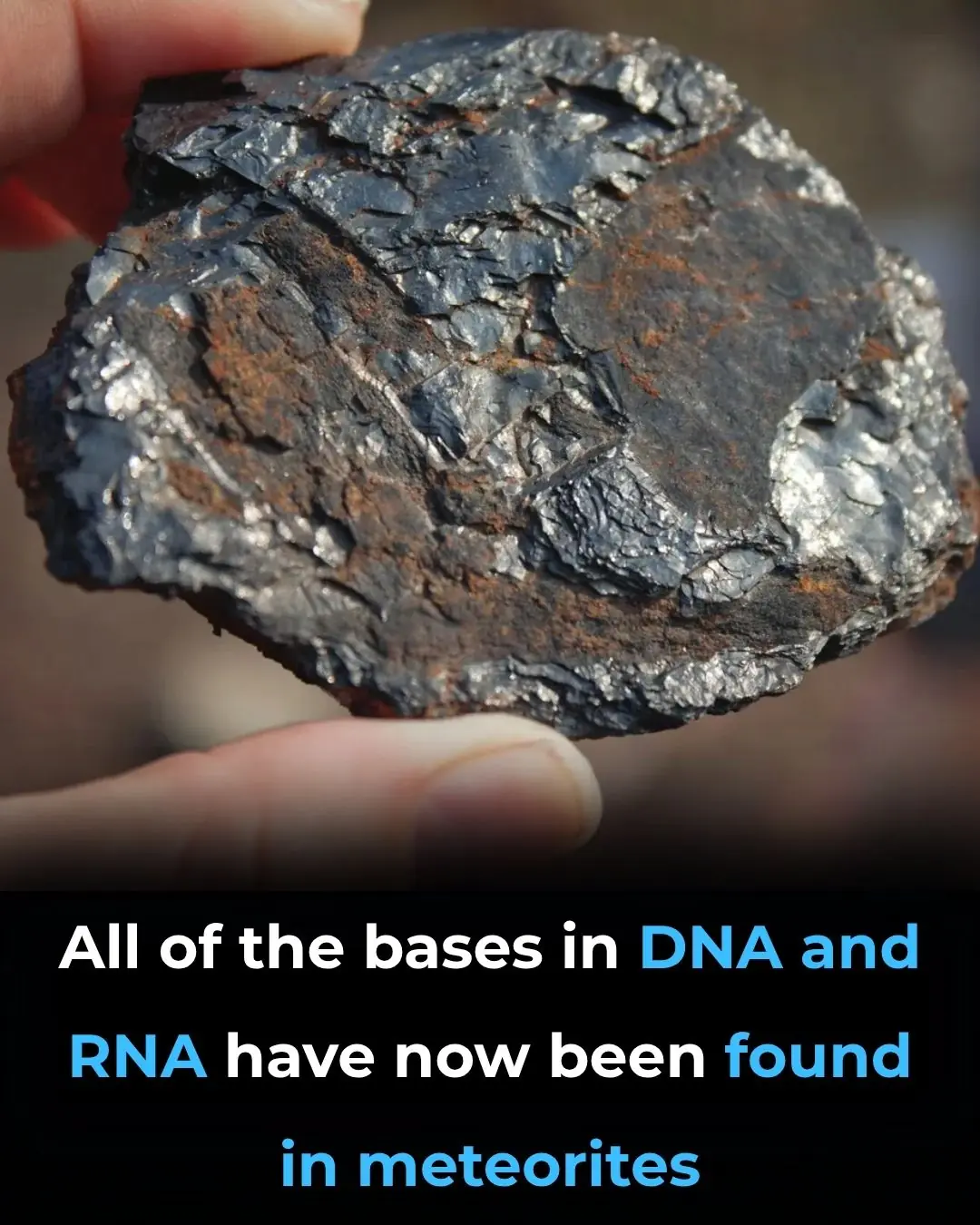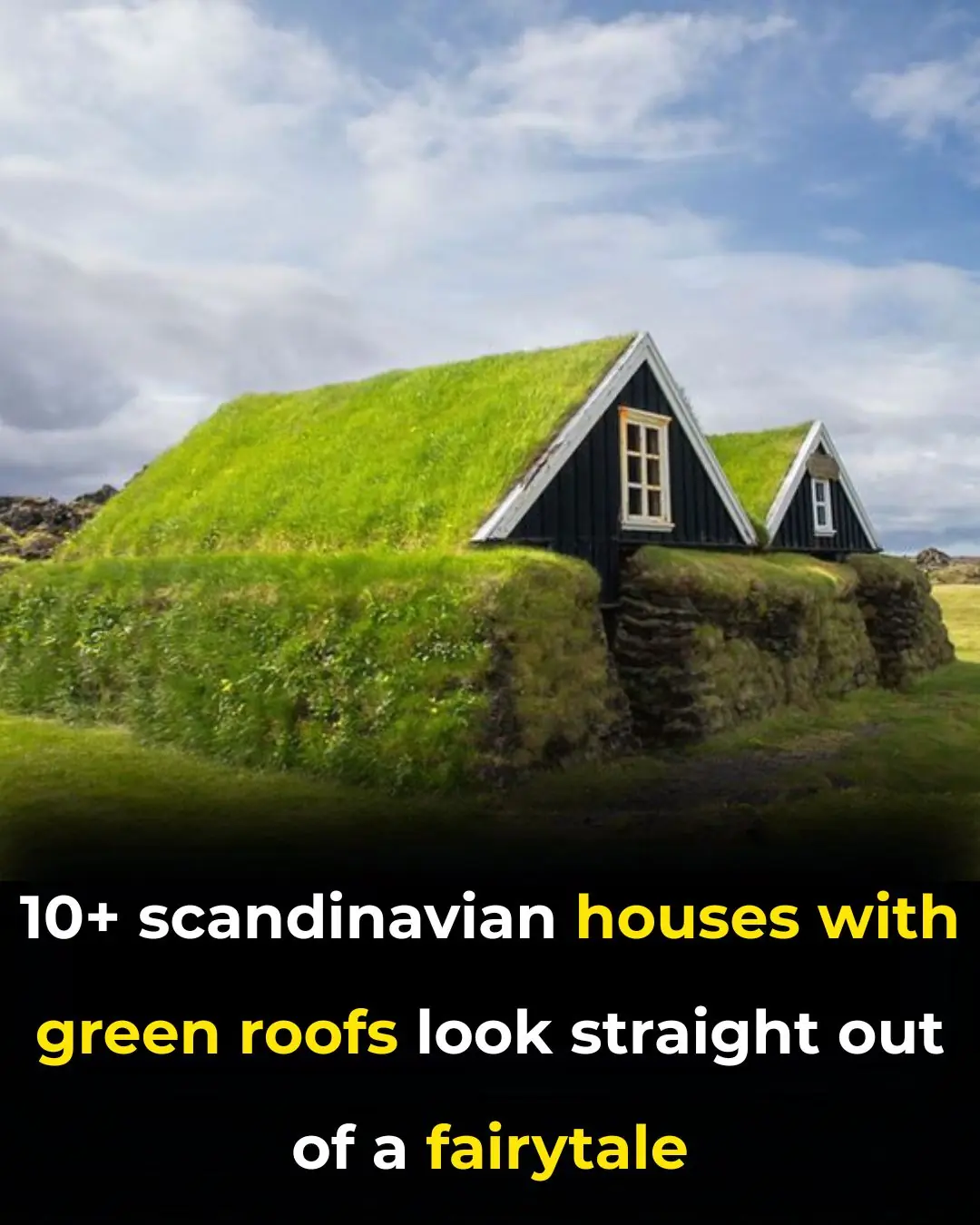
These Amazing Aqueducts Built By the Nazca Culture in the Peruvian Desert 1,500 Years Ago Are Still in Use Today
The Cantalloc Aqueducts, constructed by the Nazca people during Peru’s pre-Columbian era, remarkably continue to fulfill their original function. Local farmers in the arid region still depend on these aqueducts to channel vital water resources to dry lands, highlighting the enduring ingenuity of the Nazca civilization.
New Insights from Satellite Research
Recently, a team of researchers led by Rosa Lasaponara from the Institute of Methodologies for Environmental Analysis used satellite imagery to uncover new details about the “puquios”—a complex network of aqueducts situated approximately 4 kilometers (2.5 miles) west of the modern town of Nazca, Peru. About 40 of these aqueduct systems remain, all constructed by the Nazca, who ingeniously employed them throughout the entire year to sustain their agriculture.
Location and Cultural Significance
These aqueducts lie roughly 4 kilometers east of the famous Nazca Lines, massive geoglyphs etched into the desert floor. Scholars suggest a symbolic connection between the Nazca Lines and the aqueducts, hypothesizing that the lines may have held a ritualistic or symbolic role related to water hunting—a critical concern in this extremely dry environment. Beyond their practical purpose of irrigation, the canals likely possessed a religious or spiritual significance, integrating utility with sacred tradition.
Engineering Genius of the Nazca Civilization
The discovery and study of the Cantalloc Aqueducts underscore the advanced technological skills of the Nazca people. Known locally as “puquios,” these spiral-shaped structures formed part of an ingenious hydraulic system that accessed and directed underground water. Wind pressure was cleverly used to move water from aquifers through subterranean channels to the areas where it was most needed, ensuring a sustainable water supply in an otherwise harsh desert.
Remarkably, 30 of these aqueducts remain operational today, still relied upon by local farmers—testament to the durability and efficiency of Nazca engineering. This extensive network reveals the Nazca’s deep understanding of geology and the annual rhythms of water availability in their environment.
Historical Context and Cultural Heritage
The Nazca civilization flourished from around 100 BC to 800 AD along Peru’s arid southern coast, mainly within the Rio Grande de Nazca drainage basin and the Ica Valley. Their cultural legacy includes an impressive array of crafts and technologies: intricate pottery, vibrant textiles, elaborate geoglyphs, and of course, their ingenious aqueducts. Many of these innovations were influenced by the earlier Paracas culture, which was especially known for its intricate textile designs.
Beyond Water Management: The Nazca Lines and Maritime Culture
While the aqueducts illustrate the Nazca’s mastery over their environment, the civilization is perhaps most famous worldwide for the Nazca Lines—enormous and mysterious desert drawings whose exact purpose remains debated. Recent discoveries revealed that one of the oldest lines, estimated at 2,000 years old, depicts a plump cat figure, adding a new layer of intrigue to the already enigmatic lines.
The Nazca were also attentive observers of the maritime ecosystem, much like other coastal Andean peoples. An example of this is a carved figure made from the tooth of a sperm whale, believed to represent a female effigy. Such objects likely had significant ceremonial or spiritual meaning, symbolizing the duality between the ocean’s salty waters and the fresh water from the land.
The Mechanics of the Puquios
Returning to the aqueducts, the term “puquios” refers to the spiral-shaped entry points that tap into mountain springs. These springs are often sheltered with wooden covers and stone borders, positioned high on mountain slopes. Water collected here is then funneled down deep channels to irrigate the farmlands below.
The aqueducts are constructed in large, sweeping curves—a deliberate design choice by the Nazca to prevent flooding. These curves slow down the water flow, particularly during the spring melt, protecting fields from damage while ensuring a steady irrigation supply.
The spiral entrances, called “ojos” (Spanish for “eyes”), are accessible by descending stone steps into the cooling wells below. These structures require routine maintenance, and local farmers regularly climb down to clear debris and keep the canals functioning efficiently. In return, they benefit from lush, irrigated land surrounded by stunning mountain views—an oasis in the desert.
Legacy and Tourism
Beyond their engineering, the Cantalloc Aqueducts stand as a symbol of the Nazca’s remarkable creativity and adaptability. For anyone visiting the Nazca Lines, exploring these water management systems offers a deeper appreciation of the civilization’s ability to thrive in a challenging environment.
Together, the aqueducts and the Nazca Lines reflect the duality of this ancient society—one grounded in practical survival through water management, and another expressing a rich spiritual and artistic life. The Cantalloc Aqueducts, still vital today, are a lasting testament to the brilliance of the Nazca people and their harmonious relationship with their environment.
News in the same category


What to Do If Your Child Is Bitten by a Strange Bug

Fascinating animation reveals exactly how gas pumps know when to stop pouring gas

Elon Musk's Starlink satellites could be falling out of the sky

Expert issues chilling warning on Elon Musk's robots as billionaire plans to put them on Mars

Jeff Bezos sent a secret tourist into space and their identity is set to be revealed

Super typhoon set to send shockwaves through the US is just days away

Moon Meets Mars: A Dazzling Celestial Encounter on October 11, 2025

All DNA and RNA Bases Found in Meteorites: Life’s Origins May Be Cosmic

Did You Know? A Spider in Your Home Could Be a Powerful Sign

Which Chair Would You Choose

Why some men cheat but choose to stay in their marriage — the truth few understand

Things that make men instantly unattractive

Rare Surgery Helps Man See Again After Losing Vision for Twenty Years Using His Own Tooth

Prophetic Warning: Pastor Links Specific Date to Onset of ‘Chaos and Destruction’

Rare Video Captures 40-Ton Whale Gleefully Leaping Fully Out of the Water

10+ Scandinavian Houses With Green Roofs Look Straight Out Of A Fairytale

I Captured The Beautiful Winter In The Northern Part Of Sweden
News Post

The Man Who Remembers Hunger: Why One Act of Kindness Matters.

The Little Elephant Who Was Born Different: A Pink Calf in the Wild

When Love Has No Address: A Man and His Dogs

A Boy, a Soldier, and an Umbrella: A Timeless Gesture of Respect

Purslane: The Superfood That Tastes Better Than Meat – 7 Reasons to Grow It in Your Garden

Don't Throw Old Tomatoes in the Trash.Turn them into flavorful tomato powder.

Banana Blossom: Health Benefits, Recipes, and Uses

Onion, Garlic, and Olive Oil Remedy for Varicose Veins: Natural Treatment and Benefits

The Photo of the Year: A Glimpse of Courage the World Must Not Forget

7 Surprising Benefits of Euphorbia Hirta

How to Regrow Food in Water: 10 Foods that Regrow Without Dirt

Firefighters Save Trapped Fawn from Storm Drain, Reuniting It with Nature

10 benefits of pigweed

Wild Lettuce Sap: Benefits and Uses

When “Just a Dog” Becomes the Difference Between Life and Death

Teddy’s Hug: A Rescue Story of Unbreakable Love

Benny’s Redemption: A Journey from Loneliness to Love

Man has stroke after bathing right after meal: 3 mistakes you shouldn’t make

Redemption in Yarn and Paws: How a Cat Gave My Brother Back His Life
